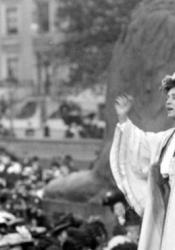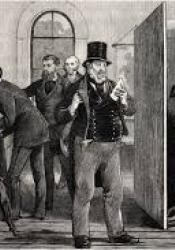Palace of Westminster
The Palace of Westminster is the meeting place of the House of Lords and the House of Commons. These two houses make up the Parliament of England. It has become commonly referred to as the Houses of Parliament. The Palace of Westminster was established after the fire of 1834. The current palace's architecture incorporates elements from the old palace that suffered the fire in 1834. The palace is located on the north bank of the River Thames in Westminster.
Coordinates
Latitude: 51.497494800000
Longitude: -0.135658300000
Longitude: -0.135658300000



